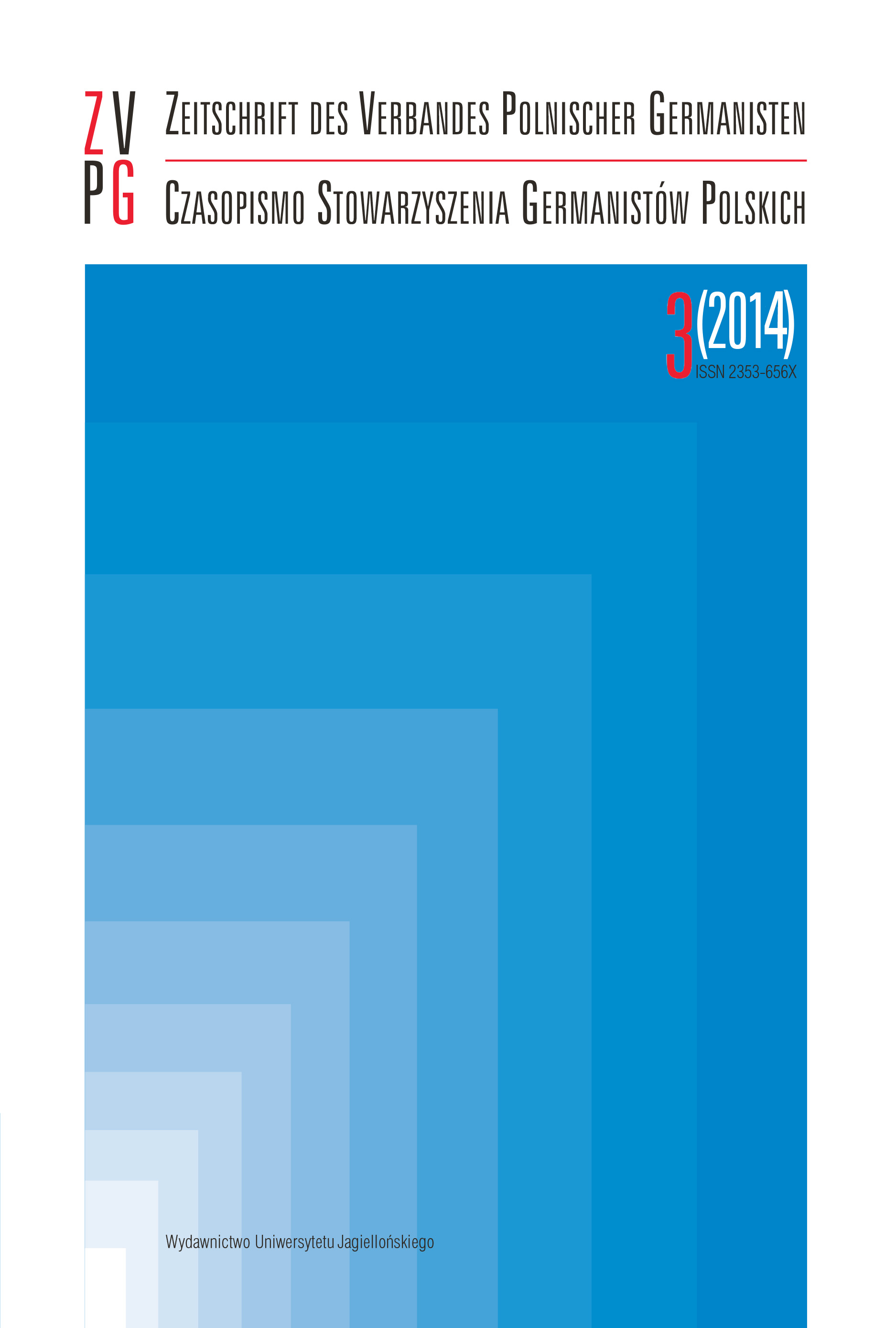Strukturen der systematischen Nichtverfolgung von Nazitätern in der Bundesrepublik Deutschland
-
Author(s): Dieter SchenkSubject(s): Language studies, Language and Literature Studies, Theoretical Linguistics, Applied Linguistics
Published by: Wydawnictwo Uniwersytetu Jagiellońskiego
Keywords: Law enforcement on Nazi criminals being inadequate; former Nazis working in the public service; Denazification being a farce; Turn in the 1990s
Summary/Abstract: Until 2005 just 3,9 percent of 172 294 known Nazi criminals have been sentencend. Just 1147 among them have been sentenced for homicide. It’s a disgrace. One may rightly say, Germany has become guilty for a second time. 30 percent of Germans thought of the Nuremberg Trials as being a relapse into barbarism. At least. 40 percent thought sentences were excessive. There’s one essential reason for law enforcement being a failure: Many former Nazis returned to West Germany’s public service. The so-called denazification was a farce. During the 1950s the Allies were in favor of former SS and Gestapo members being integrated into justice and police forces, as with the Cold War escalating there was a need for ‚specialists‘ fighting communism. Even though there were some show trials in the German Democratic Republic (GDR), former Nazis were adopted to East Germany’s public service. Thus, in 1951 16,1 percent of officials in the SED-Party had been members of the NSDAP. In the 1990s former Nazis have lost their influence on German public life. Nowadays there’s a broad consensus on how to condemn Nationalsocialism.
- Issue Year: 3/2014
- Issue No: 1
- Page Range: 57-73
- Page Count: 17
- Language: German

